Homemade Osechi おせち: Japanese New Year’s Bento Box
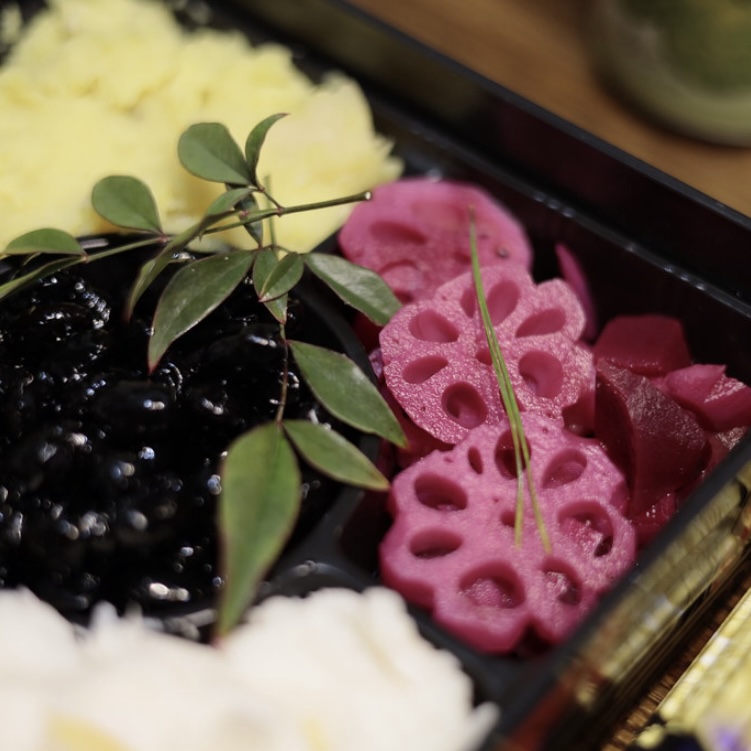
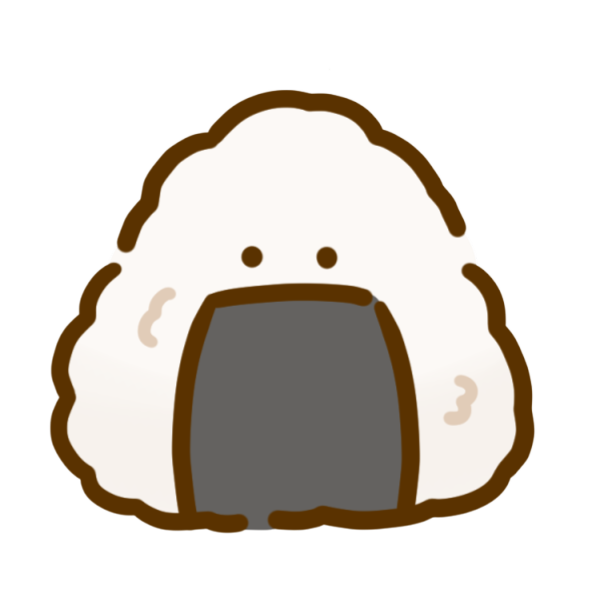
What do you eat for New Year’s Day in Japan, Nico?
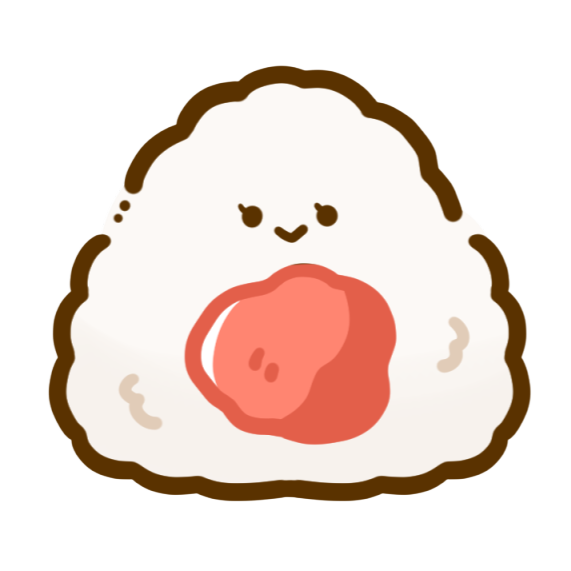
Traditionally, we have Osechi(おせち), a New Year’s family feast in a large bento box.
Although it’s NOT plant-based, it’s customary for many traditional Japanese families like us.
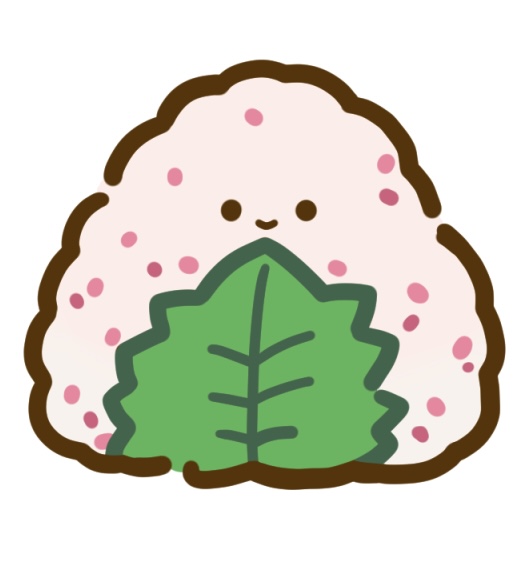
New Year’s feast in a bento box? I’m curious!

Let’s have a look!
Home-cooked Osechi in My Family
Osechi in a Nutshell
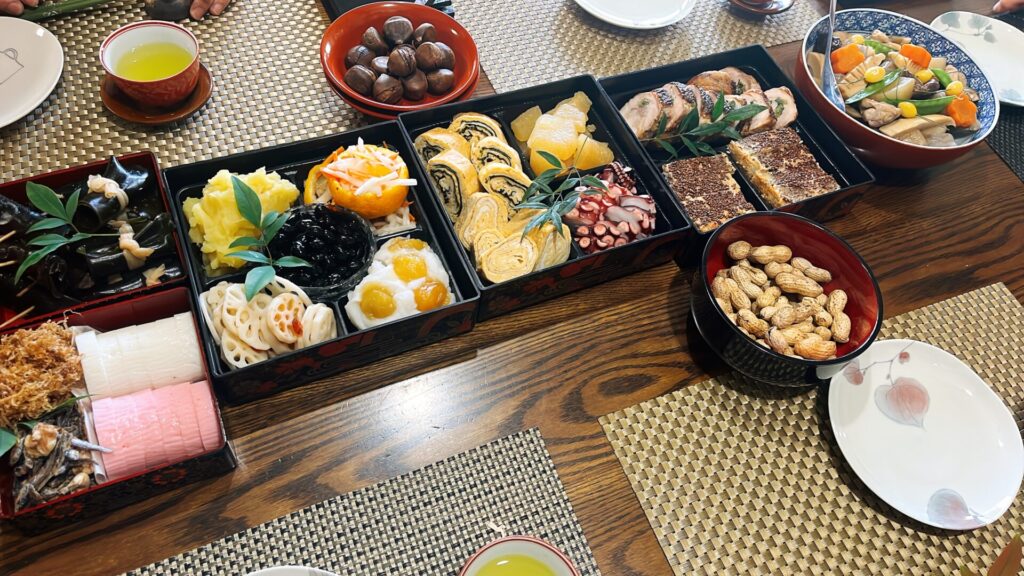

Osechi (おせち)is a set of Japanese New Year’s dishes in a box.
It is prepared a few days before the New Year and eaten on January 1st in a family.
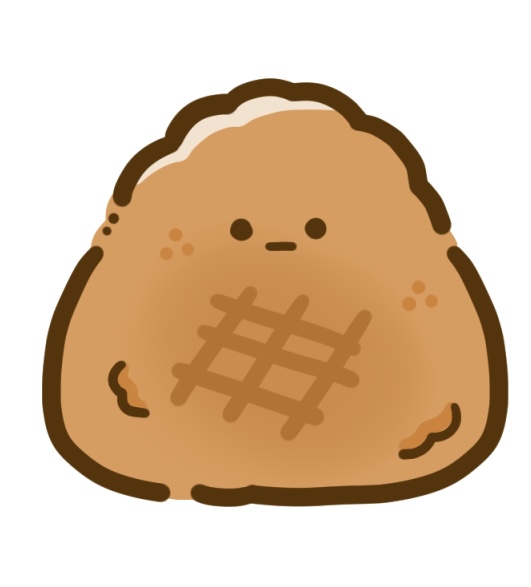
Is it still common today?

Unfortunately, fewer and fewer people nowadays follow the tradition of home-cooking Osechi…., but we in my family still do that annually.

Is the photo above Osechi in your family? Looks so good!

Thank you! Yes, that’s our latest Osechi in 2025.
Meanings Symbolized in Each Osechi Dish

You have a variety of certain dishes in the Osechi box. What makes them special?

I think it’s the wish for the New Year symbolized in each dish. Here are some of them.
Kazunoko 数の子 (Herring Roe)
Symbol: Fertility (a lot of children) in the family (from its numerous herring eggs)
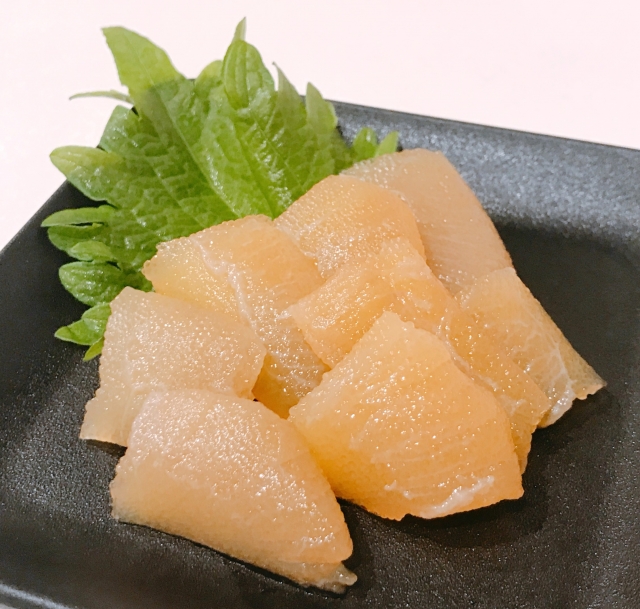

They look a bit creepy, don’t they…?

You’re not alone. My Dutch partner also found the appearance scary (but then found it to be tasty!)
Nimono 煮もの (Simmered Stew)
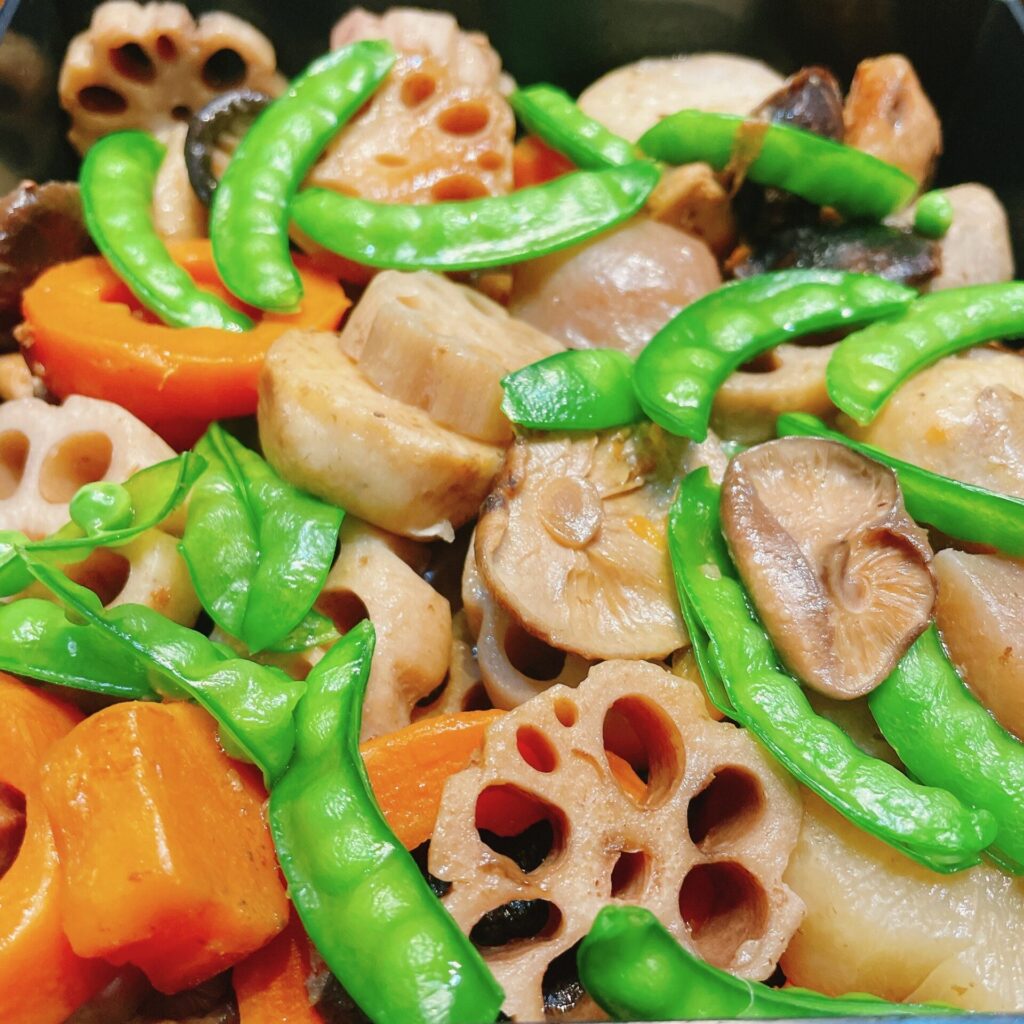
Symbols:
・ Rooted luck and happiness (as Nimono has a bunch of “root” vegetables such as carrots, daikon radish, and lotus roots)
・Family bonds (as different kinds of vegetables are stewed in one pot)
Kuro-mame 黒豆 (Sweetened Black Soybeans)
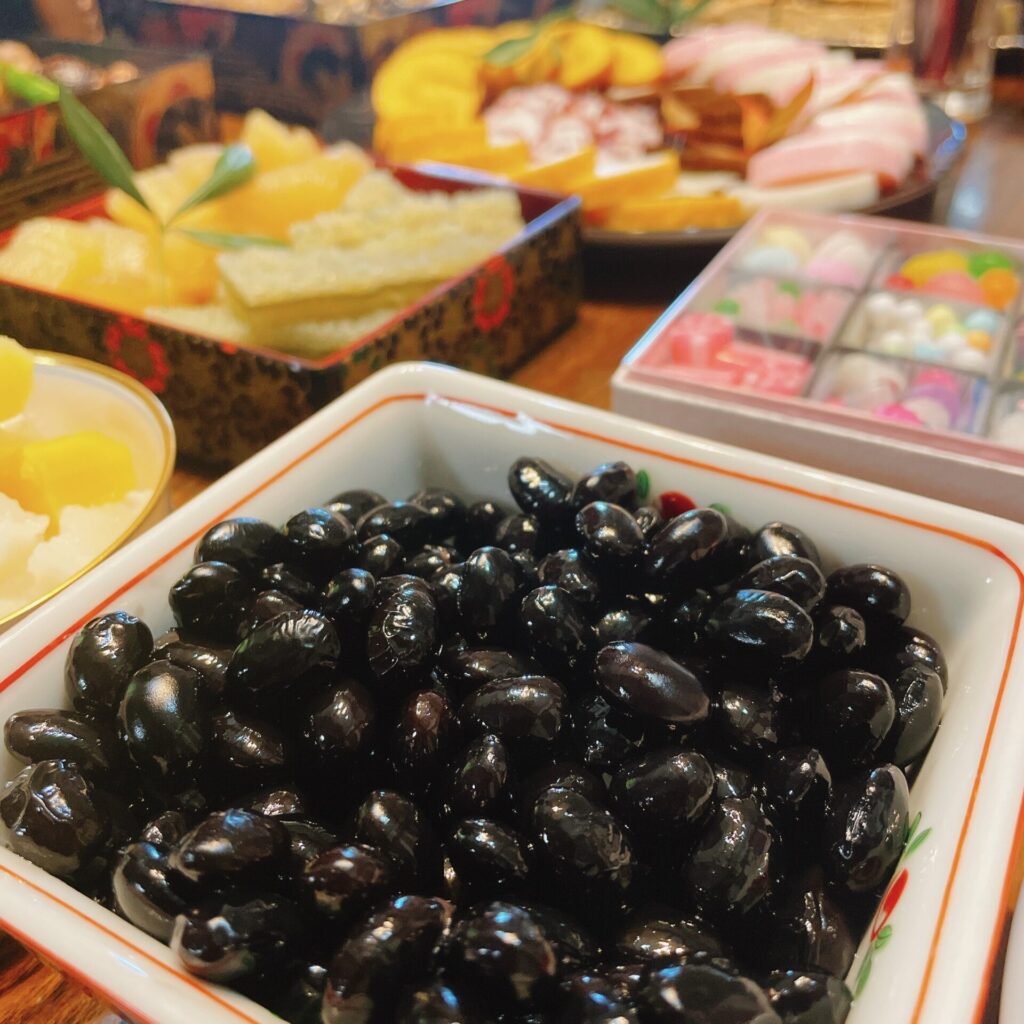
Symbol: Health (as “mame まめ” stands for both “beans” and “health” in Japanese)
Which Dish Attracts You?

Which Dish Attracts You?
Let me know in the comments! I can give you the recipe for it if you’d like.
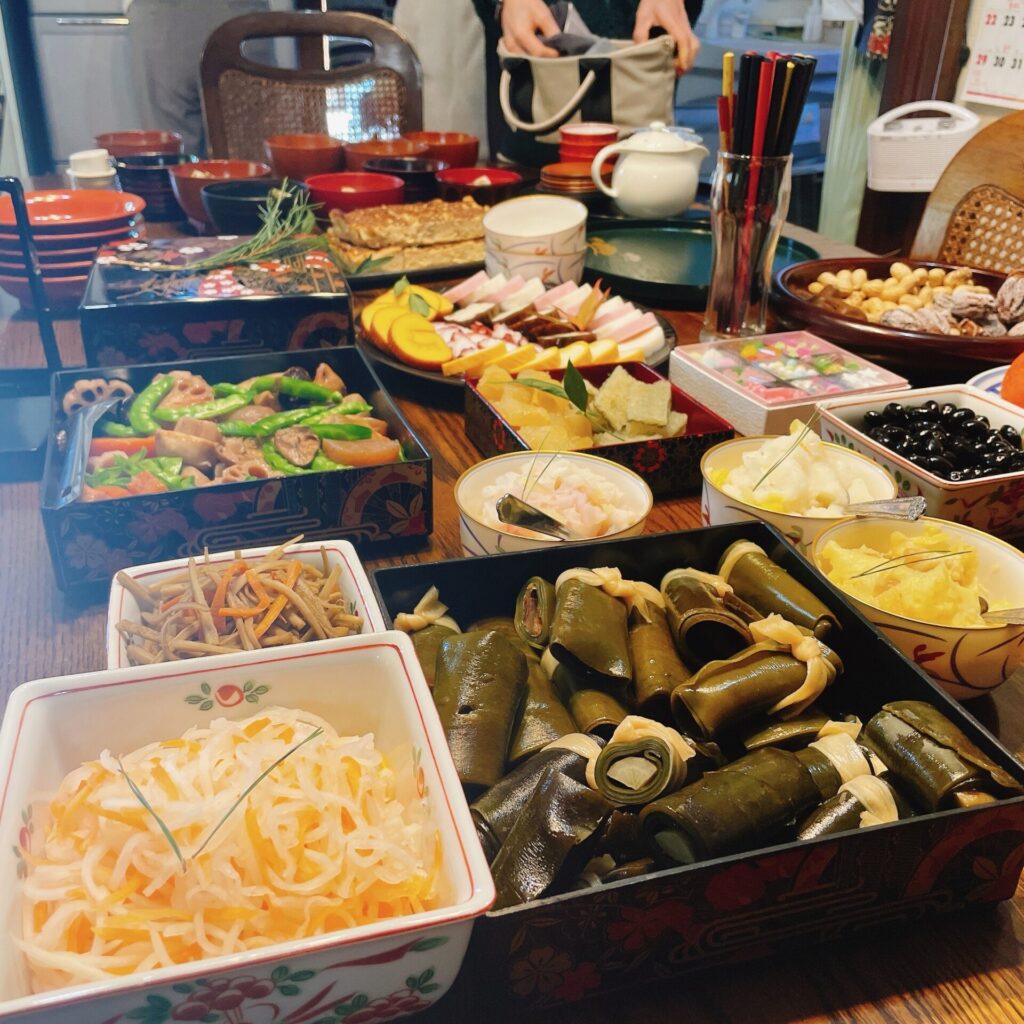
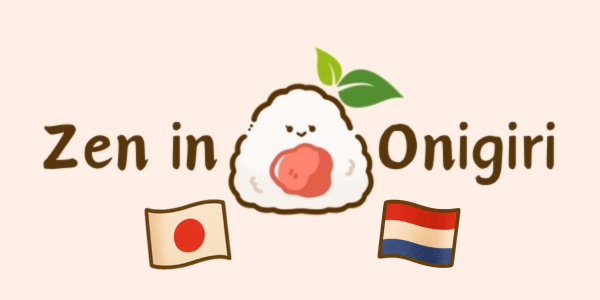
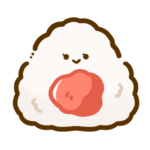
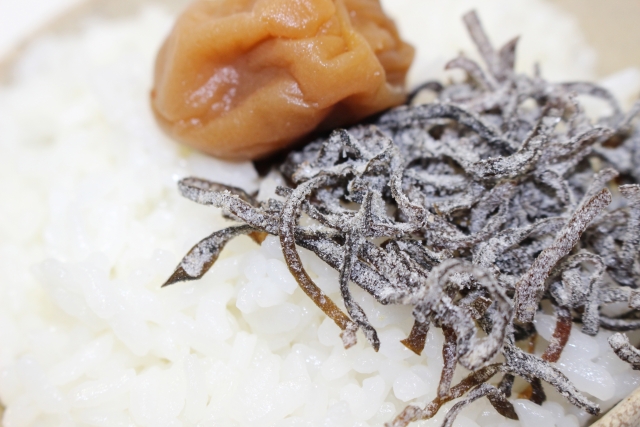
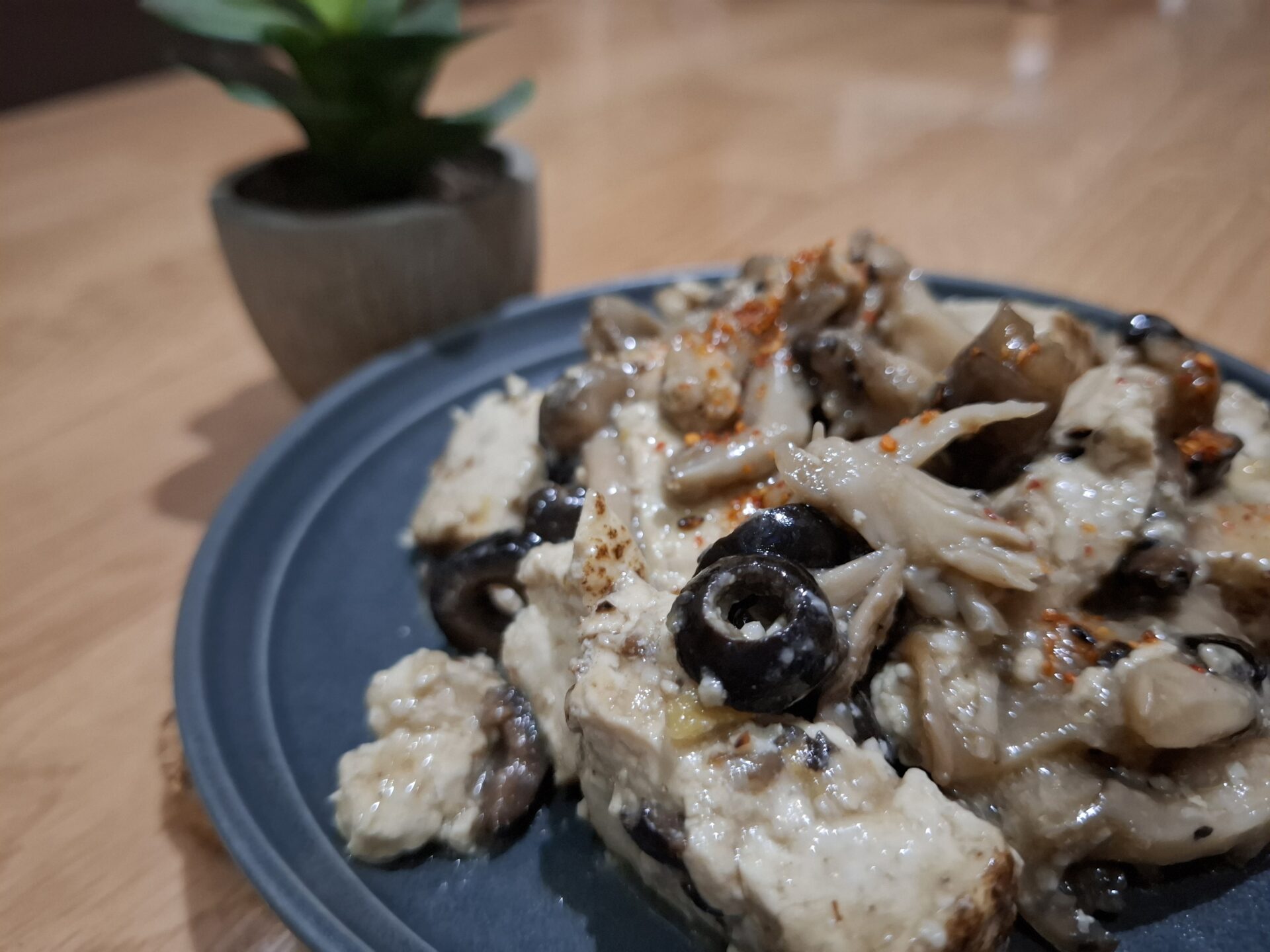
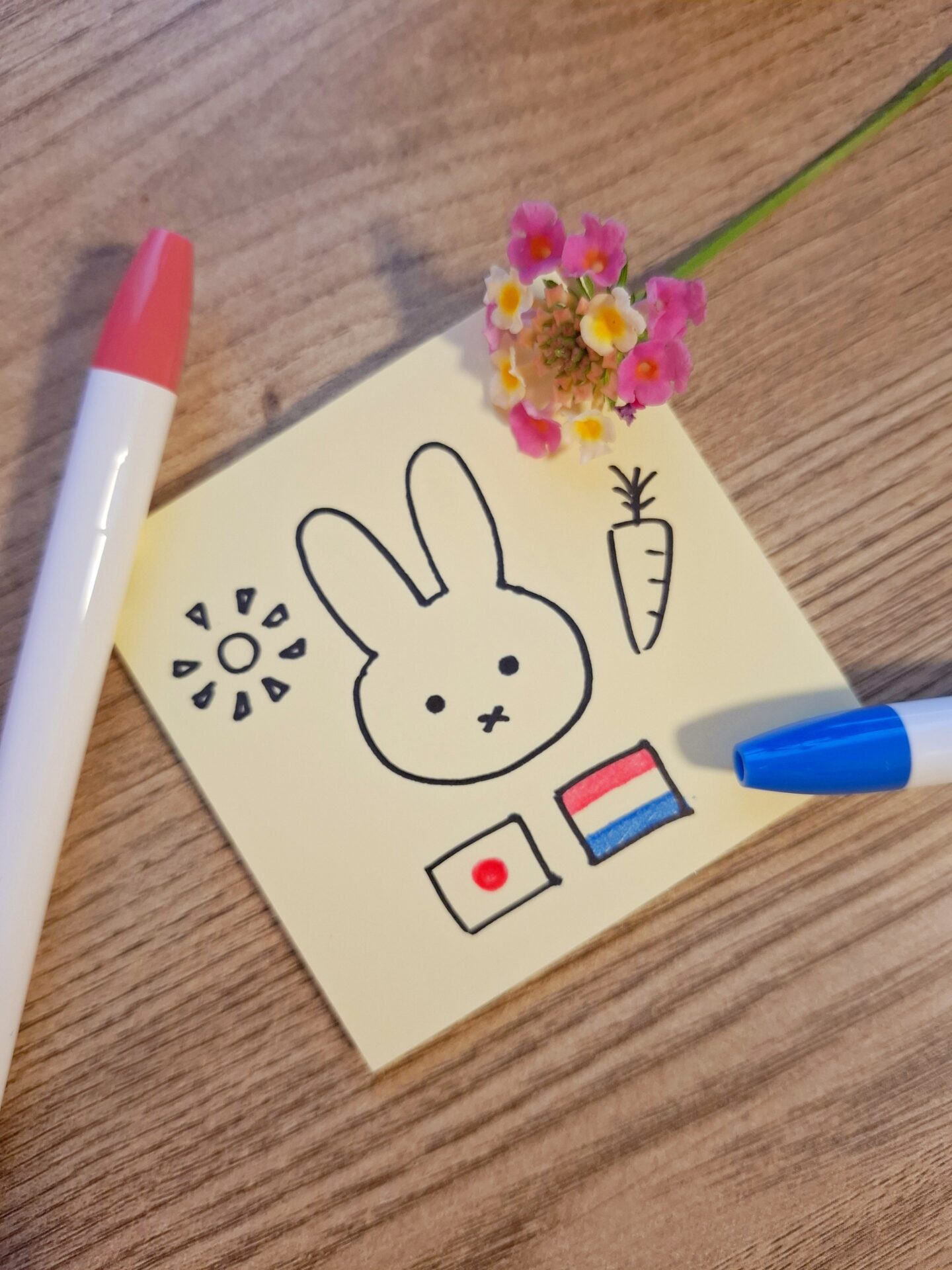
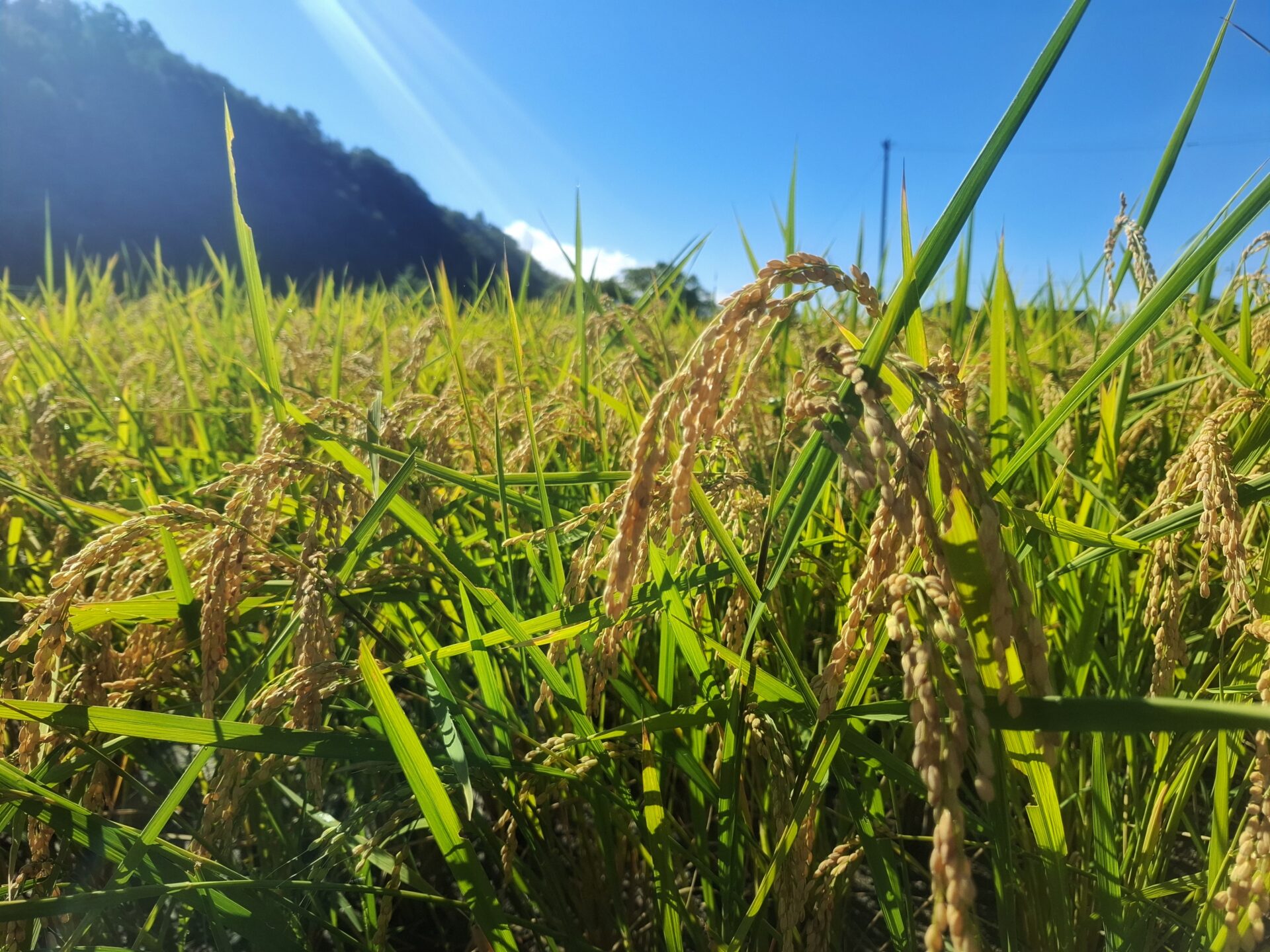
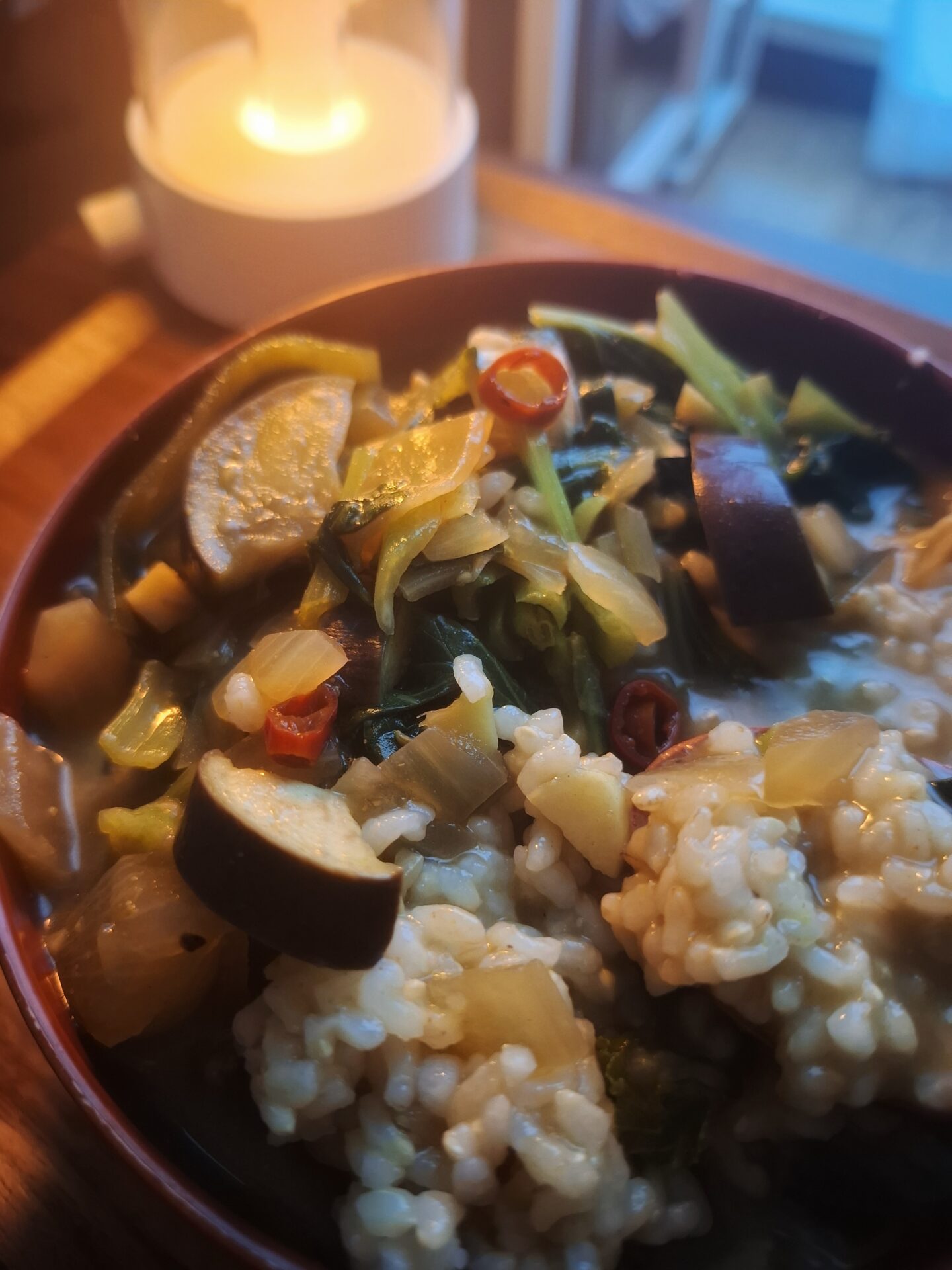

Your words make my day!